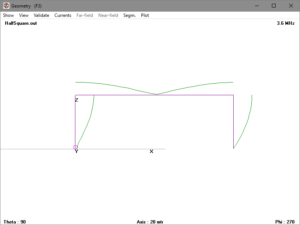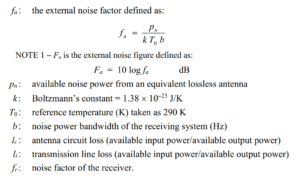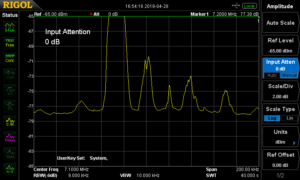There are a plethora of articles and presentations on the ‘net showing how to use the Reverse Beacon Network (RBN) to make quantitative antenna comparisons over real propagation paths.
It is certainly an interesting subject to most hams with a deep interest in antenna systems.
So called A/B comparisons of antennas are as old as ham radio itself, and experience hams know that they are quite flawed.
Because ionospheric propagation paths vary from moment to moment, the challenge is to make a measurement that is directly comparable with one made at a slightly different place, or frequency or time. Accuracy is improved by making several measurements, and finding a central value, more observations tends to reduce uncertainty in that estimate of the population central value.
The challenge is finding that central tendency.
Central tendency
There are three common methods of estimating the central tendency of a set of figures:
- mean (or average);
- median (or middle value); and
- mode (or most common value).
The mean is a popular and well known measure of central tendency. It is a very good estimate of the central tendency of Normally distributed data, and in that case, we can compare means and calculate confidence levels for assertions about the difference between means. The mean is very susceptible to errors due to outliers, and skewed distributions.
The median is usually a better measure for skewed data.
The mode is if you like, the most frequent or popular value and has a great risk of being quite misleading on this type of data.
A recent article (Appleyard 2018) in Radcom provides a useful example for discussion.
Figure 3
Appleyard gives a summary table where he shows means of a set of RBN measurements of signals from two stations observed at 21 remote stations, and differences in those means.

There are some inconsistencies between the text and data recorded in the RBN database on the day. Continue reading RBN for antenna comparisons – Radcom 2018
Last update: 28th May, 2018, 10:45 AM










